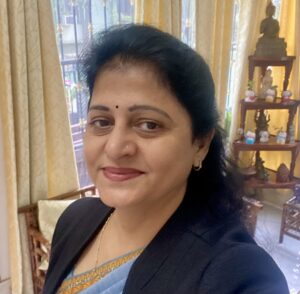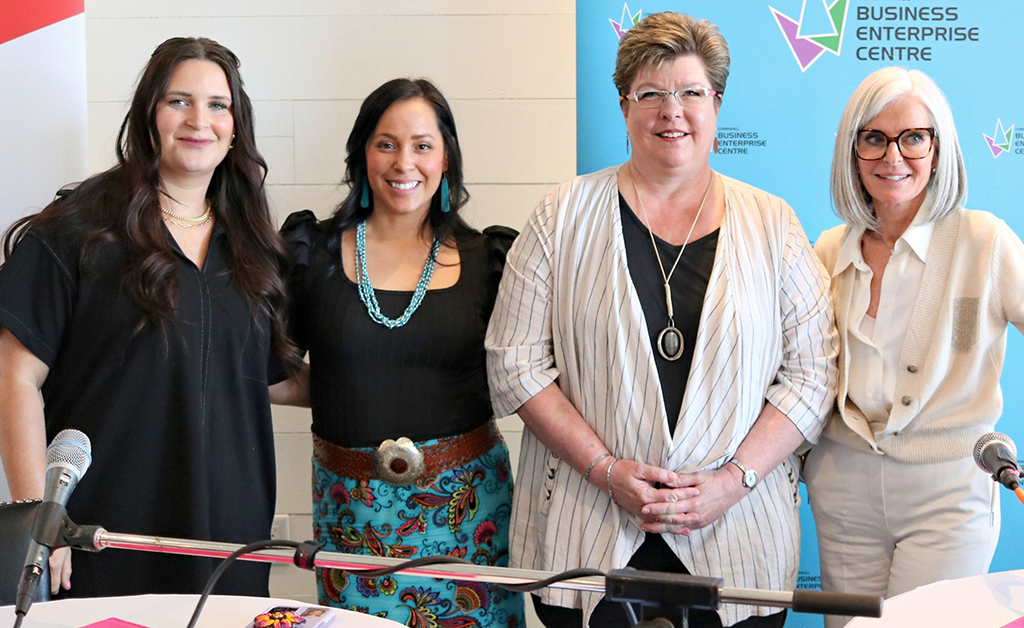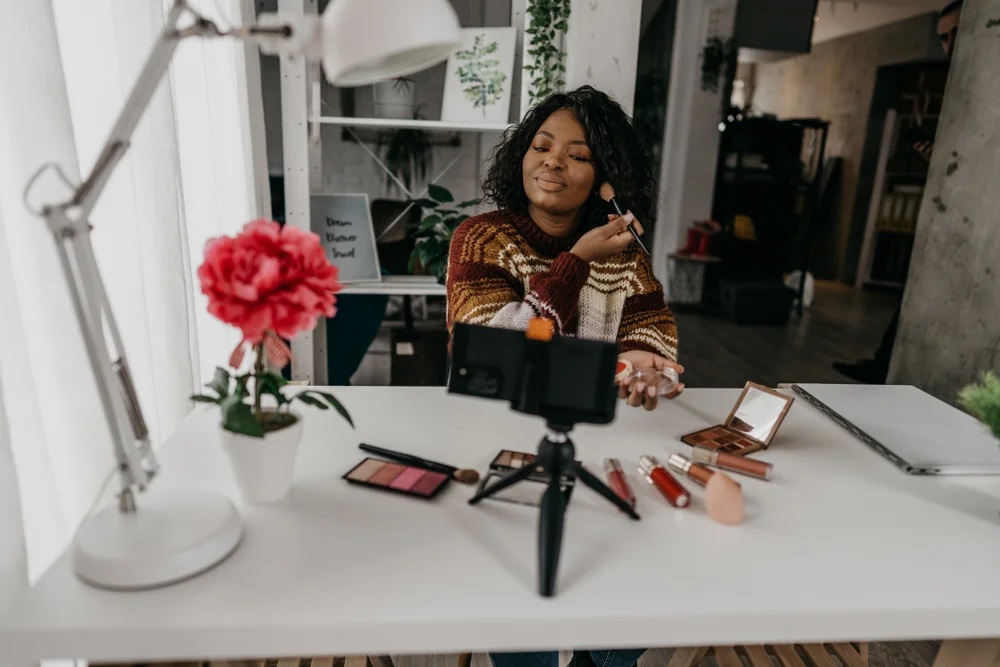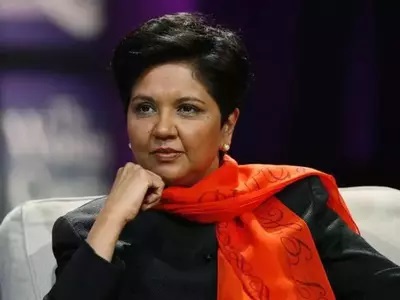Dr. Somdutta


UNLOCKING THE BARRIERS: Decoding Women power
Dr.Somdutta is a serial entrepreneur, investor, a renowned keynote speaker in the fields of entrepreneurship, mentoring, self-development, and spiritual growth. From her younger age itself, Som weaved her dreams of life around the matrix of independence and success and she had a clear idea of what she wanted from the future and how her life should turn out to be. When the majority of her age simply followed the crowd she just took an unbeaten path armed with unstoppable faith in herself and her dreams. She moved out of her comfy home against the wishes of her parents, but she soon realised her dream is not going to fetch her food or not going to fetch her shelter over her roof. earn and income which made her learn many ropes – she made chocolate and sold it in the college, did minor tailoring jobs and helped her aunty to upskill her services to her clients and taking tuitions all this at the cost of her cozy life which she had forsaken for her dreams.
Her way of stepping out into the icy cold waters did not stop there. Once she completed her Ph.D. from MIT in Economics, which only a few in Bengal can boast of, she also knew it was time to start her own. While everyone at home was enjoying a vacation at exotic places she was busy building her tiny business empire. Hard work, persistence, and determination paid off and she was a serial entrepreneur soon. At the age of 30, she took a risk to bravely contest for the post of the Vice-Chairperson in the coveted NASSCOM Product Council. She became the first woman to helm the position and succeeded in taking the organization to new heights. At the age of 32, she owned four companies and she became a member of the advisory boards of three state government boards as well as the central government board.
She also has authored a book, Decoding Digital: Unlocking Digital Barriers, which explores the technical aspects of digital marketing – from SEO to Social Media; Analytics to Adwords; Legal Compliance to Lead Generation, and much more.
Her message to all women entrepreneurs is “women are already empowered, they do not need empowerment. Empowerment is a fancy word being strewn around. It is the men who need to be empowered. Women have an immense capacity and the extra X chromosome is what makes them who they are.”
Below find her answers for our curious enquiry into her thoughts and strategy.
1. Som, you have a very different approach to gender barriers. Can you put this across to our readers?
I have encountered non-believers and people who thought I was not strong enough, but instead of being angry at them, I am rather thankful. Their actions, their words gave me more power, more resilience, more drive to move towards my goals. Isn’t this true human nature? The more they judged me, the harder I worked towards achieving my dreams. My family has been very supportive in everything I have witnessed, the highs, the lows, the success, the failures. They have given me confidence and encouraged me to not be afraid of speaking up and be part of important conversations no matter where I have been. It’s time to raise your hand and speak up. Take calculated risks. You may not always hit the target; job opportunities or promotions may not work out, but your voice can fuel others, motivate them to work harder to achieve goals.
2. There are many schemes and loans for women startups. But a lot many could not avail it as they say there is a lot of paperwork included. But you have found a way out and have helped more than a hundred to set up their business.
I always wanted to diversify my ventures and the fashion sector opened a lot of opportunities for me, but the market was highly cluttered, impenetrable by amateur designers and artisans. I wanted to streamline this development. My second venture was IRA –House of Designers, India’s 1st design in-sourcing & collaboration machine learning-enabled manufacturing platform where amateur designers collectively invest in great creative projects and earn a royalty on sales.
IRA’s goal has been to unearth opportunities for budding fashion designers/entrepreneurs and empower hundreds of women/amateur designers and bring opportunities closer to them while also providing them an income. Within a year of its operation, IRA was conferred with the prestigious Digital India Awards for Digital Enterprise Manufacturing to be the first of its kind initiative to have taken the move towards Digital India by successfully using ICT and digital tools in integrating people, processes, and data to achieve business transformation.
3. How do you help young designers in your manufacturing business?
IRA built a collaboration platform by bridging the gap between creative talent, material sourcing, manufacturing, and sales whilst also addressing the challenges that immensely talented yet unemployed artisans and designers in India, especially across Tier II and Tier III cities encounter. IRA was able to disrupt the manufacturing and fashion industry using tech. IRA’s model allowed me to better integrate customers’ needs and quickly react to the industry’s rapidly changing environment. By engaging directly with the worldwide community, IRA lowered the fashion industry’s barriers to entry and allowed everyone to not only shape a brand but also share in its profits.
4. You have laid your hands-on education too.
Yes, I had founded the Digital Leadership Institute (DLI), a not-for-profit organization focused on making the youth of India digitally literate to help them lead self-sustainable lives. The shortage of digital skills in the current marketplace is unprecedented and needless to say the future has no place for the digitally illiterate. DLI invested in the youth and empowered them with digital skills in an era that is technologically driven, to help them leverage technology to sustain innovation as well as deploy the knowledge to improve themselves and the economy of the country. India can prosper only when it moves from a services-centric economy to a self-sustainable economy and this can be possible only when the youth are self-sustainable.
At DLI, we collaborated with foreign Universities and curated a curriculum that was made available to aspiring students and professionals across the globe.
We had also worked with organizations like Google, Facebook, Hootsuite, and Hubspot as their training partners who brought professional education closer to Indian students. We had partnered with NITI Aayog – Govt of India as Education Partners for their Entrepreneurship program, the prestigious Women Entrepreneurship Platform that is aimed at building an ecosystem for women across India to realize their entrepreneurial aspirations, scale-up innovative initiatives, and chalk-out sustainable, long-term strategies for their businesses. We were the first partner to have trained 20000 women entrepreneurs across India.

5. How do you define ‘success’?
Failures do not exist; challenges do. We all experience moments of challenges and setbacks, but triumphs can only be experienced after overcoming some low moments. Here’s something I keep saying to myself, “You are worth so much more than the ways you’ve been treated!” But, while I have been constantly climbing the ladder to success, I have had to make huge sacrifices on my way up here.
Usually, when we talk about success in terms of how it’s defined and experienced by men versus how it is by women, we call out the differences, which tend to fall along stereotypical gender lines. I think the best way to taste success is to surround yourself with them, people who are amazing at life and who will encourage you to be amazing at it, too! I have had such people around me all my life.
A large majority will agree that the entrepreneurship plans of women are considered frivolous at their first instinct. Buckle down and prove them wrong with your work than trying to do so in a verbal exchange. Clichéd as it may sound; actions speak louder than words – so ensure your work speaks for you and proves your point. My mantra – team building and tapping resources are definitive keys to running successful businesses rather than being a one-woman show.
Find your niche, set up a solid support system that works for you, and let your work, rather than gender be the focal point. Tap into your core strengths, patience, and perseverance and develop a no-nonsense attitude towards biases.
6. You are a global citizen who could have enjoyed a better living outside India. Still, you preferred to stay back in India and work for the country. What was the motivation behind this choice?
I come from an influential Bengali family of some of the best doctors Calcutta then had witnessed. Growing up, there was one thing I heard far too often; “you can’t do it because you are a girl.” When I was 15, I knew I did not want to be a doctor simply because I had seen how my doctor parents had been so immersed, so devoted towards their work that they seldom had time for their family. I did not want this to happen to me. I wanted to be the master of my destiny. I wanted to become an economist, a business professional, which in those days was unheard of, leave aside by a woman.
My journey has been phenomenal. What matters more than the skills you possess are the attitude, the mindset, your fundamentals, and ethics with which you build companies and teams. For starters, like any other person, I wanted to make my family proud, but not by what society thought I should have done, but the way I wanted my life to turn out to be. Be different, dream big, and be the best at what you do, no matter how minuscule the job may look to the world because the journey of a thousand miles begins with one step. It gives me great satisfaction to see that mine and my team’s work is enabling the deployment of disruptive businesses and fresh ideas of the kind never seen before.
7. You are very well rooted in the culture of your country and you quote Swami Vivekananda very often. In that light how do you think the women in India can be uplifted and empowered?
Swami Vivekananda has rightfully said, “There is no chance for the welfare of the world unless the condition of women is improved. “While women’s rights have without a doubt advanced over the decades, gender inequalities at work at home and other fundamental human rights violations within societies persist. Women in all diversity can be critical drivers of a nation’s economic growth which is a necessity today for a sustainable world. Then again, this drive needs to be backed by decision-makers to deliver policies rooted with women’s rights at the very core.
When we talk of women’s empowerment, big words are strewn around. Agreed, women’s economic empowerment is central to realizing their rights and gender equality, but how do you define such empowerment? Women’s economic empowerment includes women’s ability to participate equally in existing markets; their access to and control over productive resources, access to decent work, control over their own time, lives, and bodies; and increased voice, agency, and meaningful participation in economic decision-making at all levels from the household to international institutions.
Empowering women and closing gender gaps across the world are key to achieving the UN’s ambitious 2030 Agenda for Sustainable Development, some of the most crucial aspects of which are to achieve gender equality, promote full and productive employment and decent work for all, ending poverty, and reducing inequalities. Increasing women’s and girls’ educational attainment contributes to women’s economic empowerment and more inclusive economic growth. Education, upskilling, and re-skilling over the life course – especially to keep pace with rapid technological and digital transformations affecting jobs—are critical for women’s and girl’s health and well-being, as well as their income-generation opportunities and participation in the formal labor market. Increased educational attainment accounts for about 50% of economic growth in several countries. Sadly, for the majority of women, significant gains in education have not translated into better labor market outcomes.
All this requires raising awareness among policymakers about the relevant gender aspects of different policy areas, such as— taxation, public budgets, and employment. Financial education is essential for the long-term success of financial inclusion initiatives. Factors such as reducing partner violence or providing women with the knowledge of their rights to land or inheritance are just as, if not more, significant when looking at sustainable frameworks for women’s economic empowerment.
Team Shesight wishes her good luck and the very best in all her endeavours and a happy and cheerful 2021.










